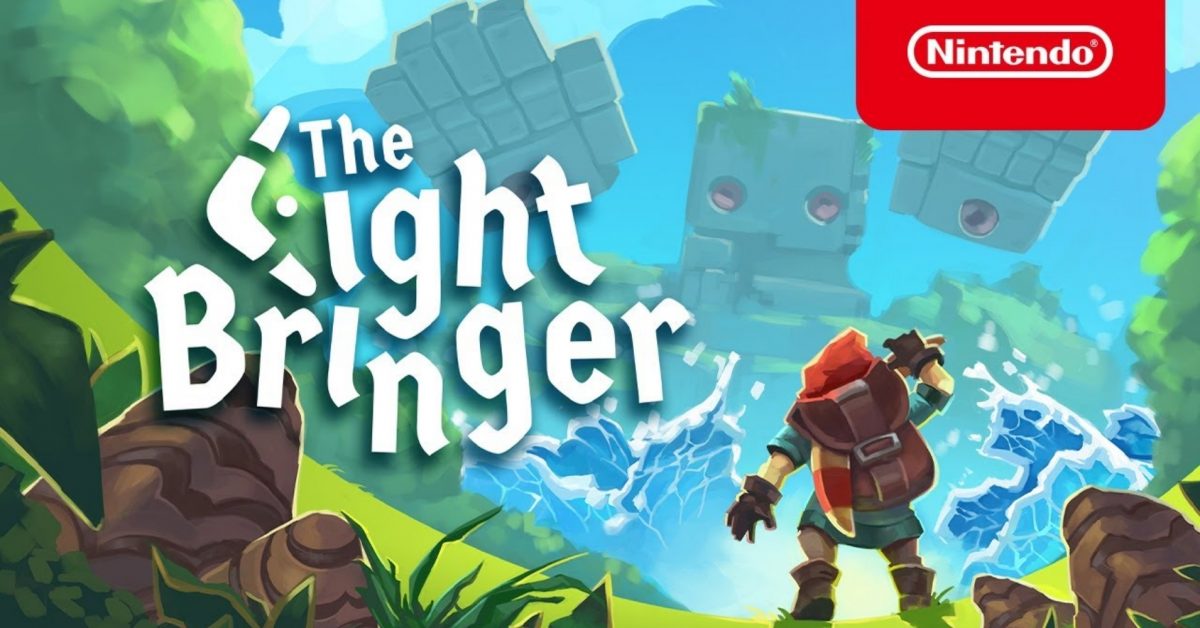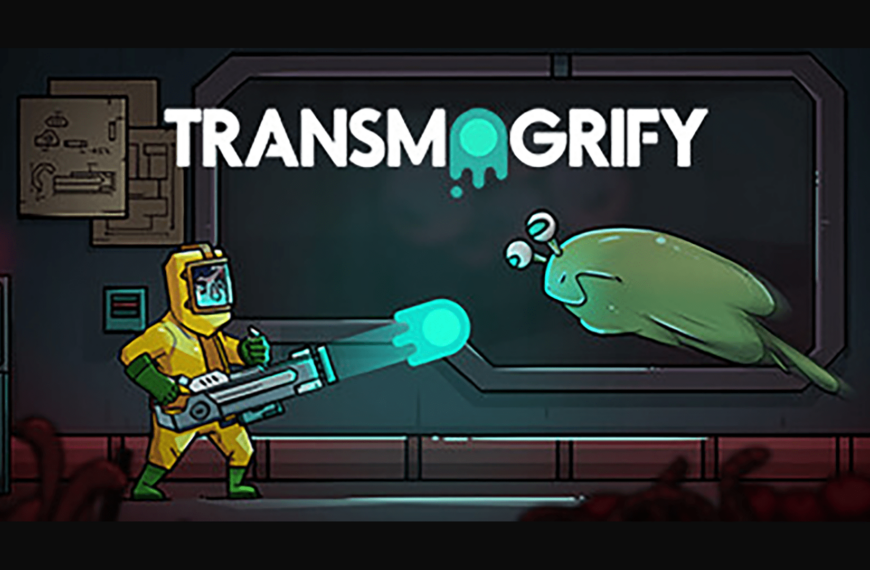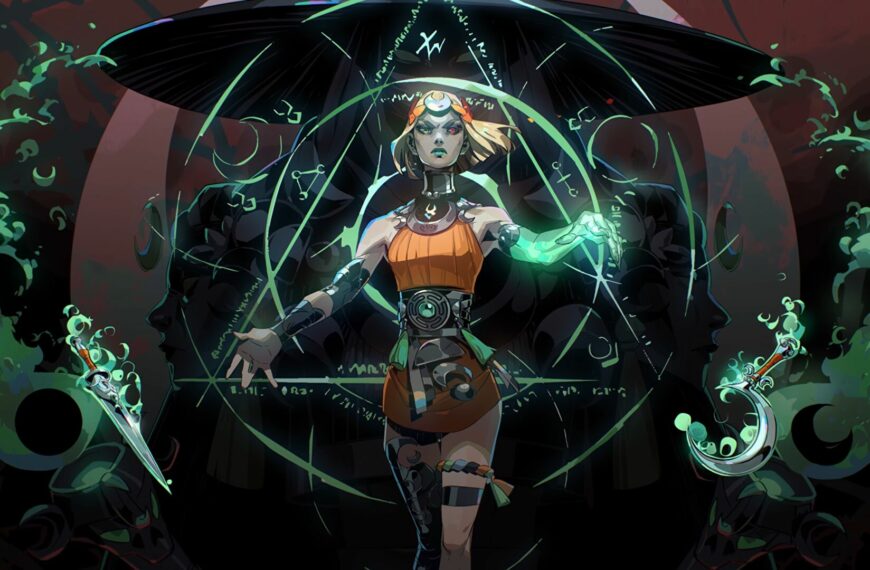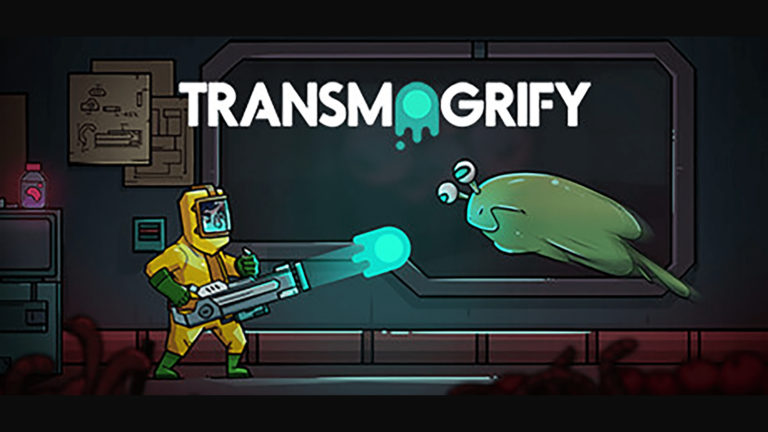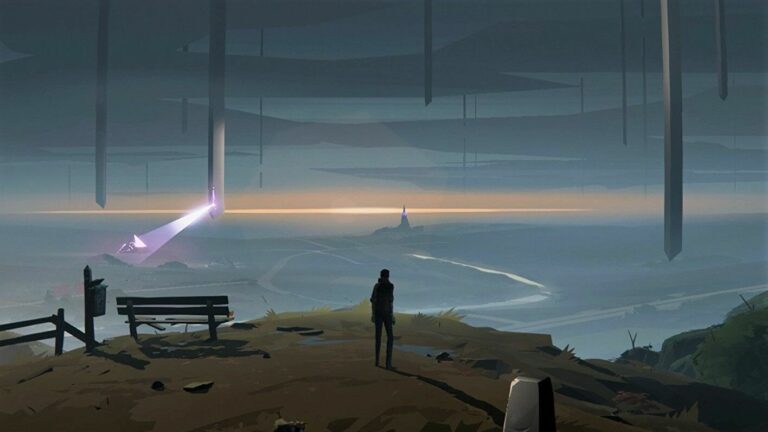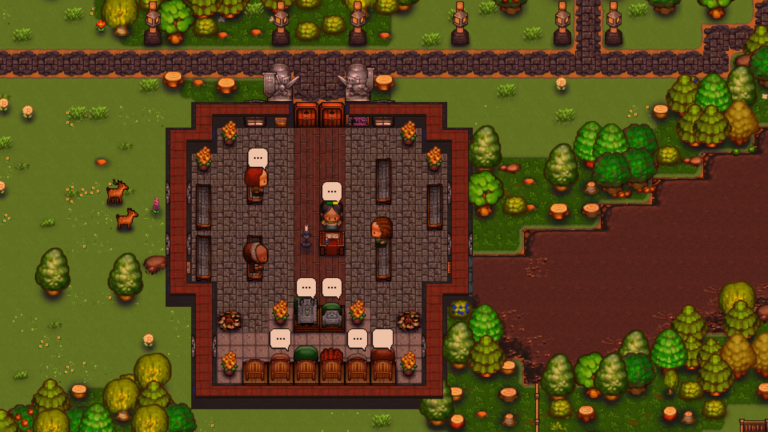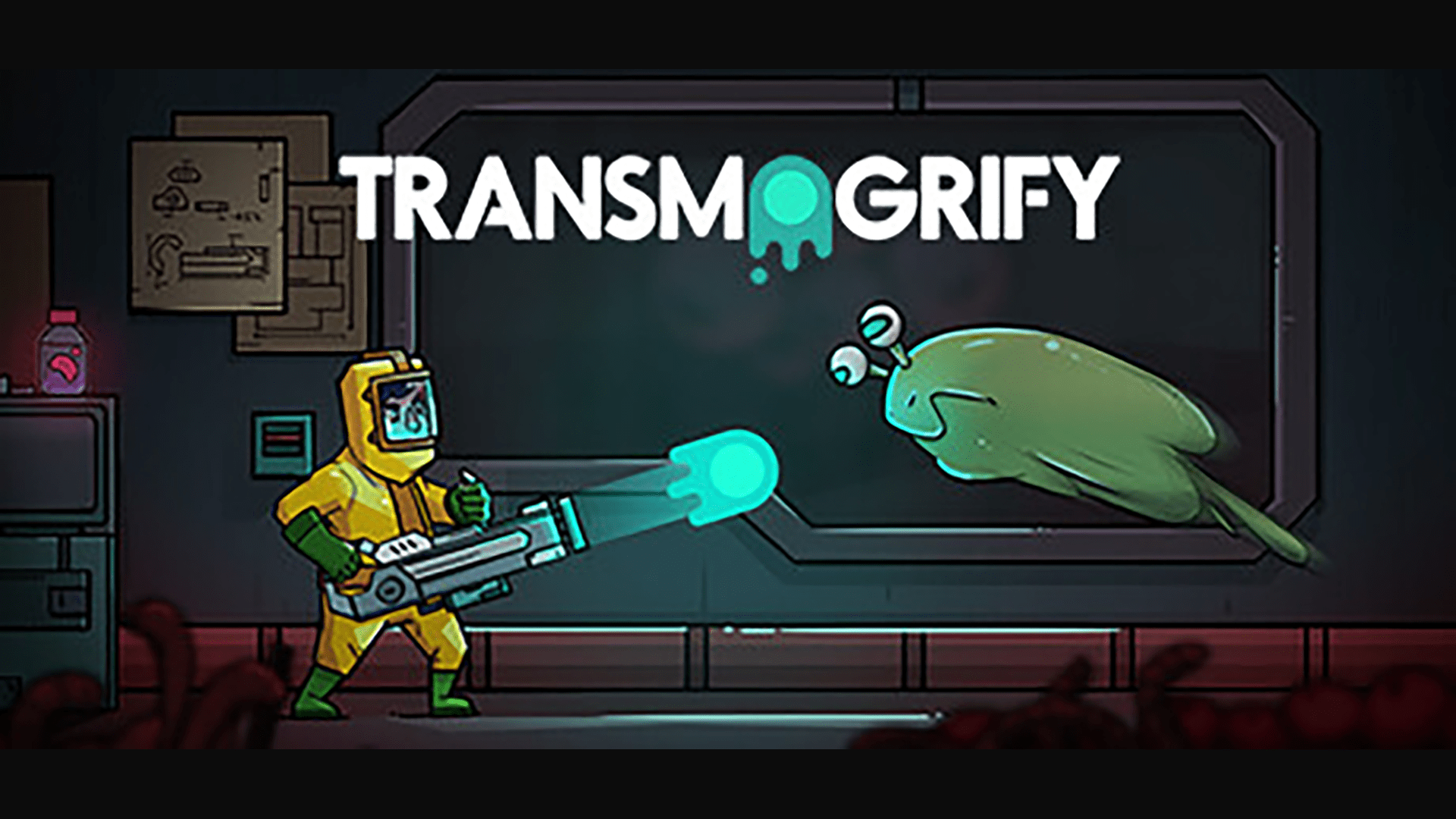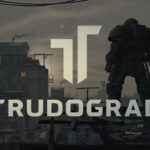For fans of devilishly hard puzzle platformers, look no further than The Lightbringer. This 3D isometric game came out on 7th October 2021, and sets players in a world of platforming reminiscent of somewhere between Crash Bandicoot and Super Mario 64. Paired with gorgeous graphics and an intriguing story with an unusual twist, it’s a solid option to add to your PC or Nintendo Switch collection.
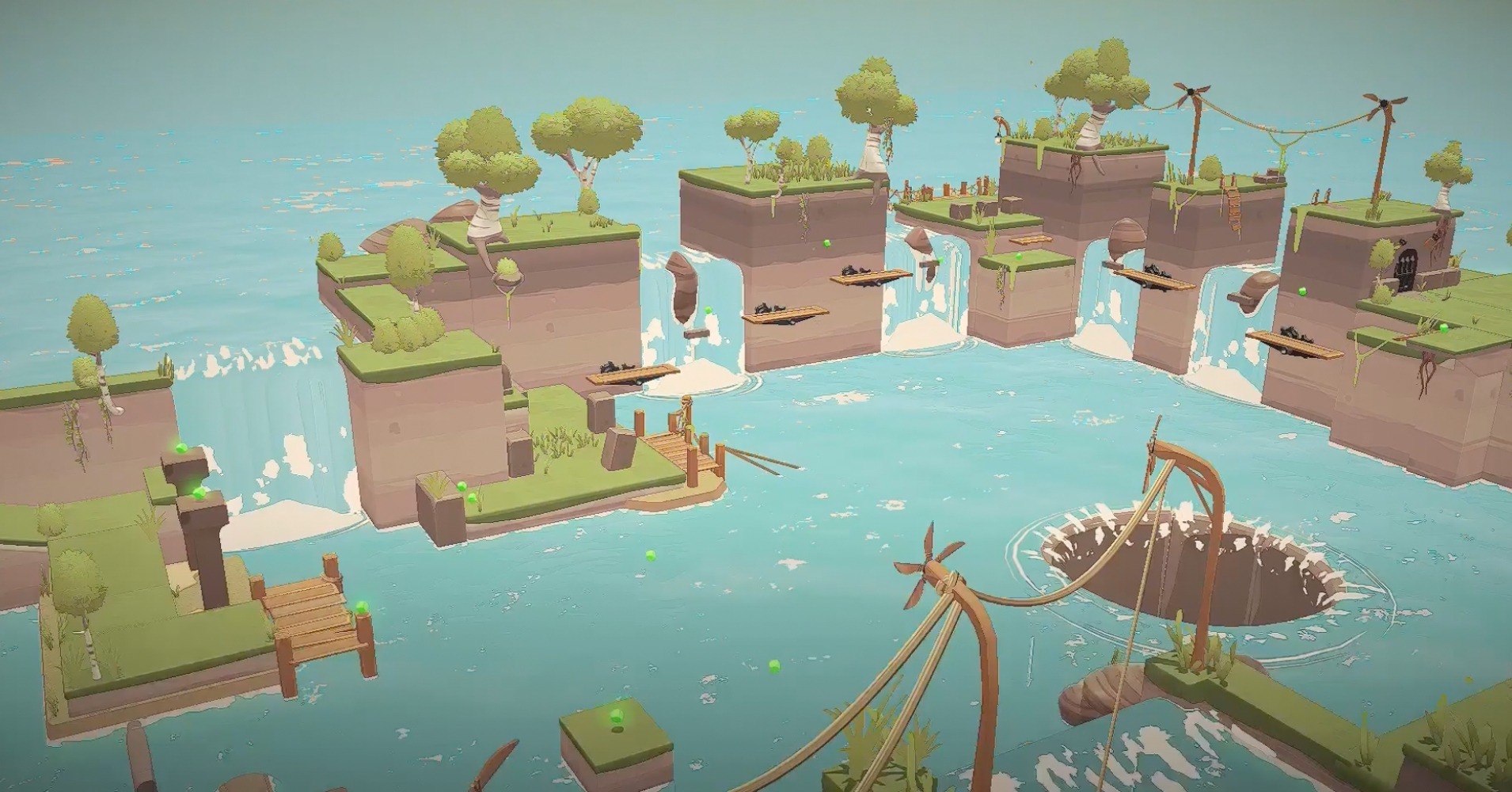
Storyline of The Lightbringer
The age-old narrative of the ‘chosen one’ to save the world from evil is a simple story, and it’s something we’ve seen many times before, but it works well for The Lightbringer.
Find crystals and jump, fight, or solve puzzles to reach the monolith at the end of each level and move forward in the game. Players are guided through the levels by the fully-voiced spirit of your Sister, completely spoken in rhyme. While the Sister’s rhyme verged on annoying in the initial demo, it eventually grew on us in the full game, adding an extra mythical flavour to an otherwise dialogue-free story.
Deeper game lore is shared when you find and ring bells scattered through each of the levels, and while it’s not necessary to find these, it does help to show the players’ positive impact on the world as you progress through the levels and motivates you to move further forward.
This review won’t contain any spoilers, but we were genuinely surprised with the twists and turns of the storyline as the game continued, and overall, The Lightbringer came to a gratifying conclusion.
Also Read
Transmogrify PC Review: The Best Way To Defeat An Enemy
Transmogrify is a game with a strong central idea let down by a shoddy execution resulting in an experience that is…
Defy the Gods as a Witchy Moon Goddess in Hades 2
Supergiant announces Hades 2 for 2023 at the 2022 Game Awards. The sequel promises dark sorcery, witchery, and more frenetic roguelike…
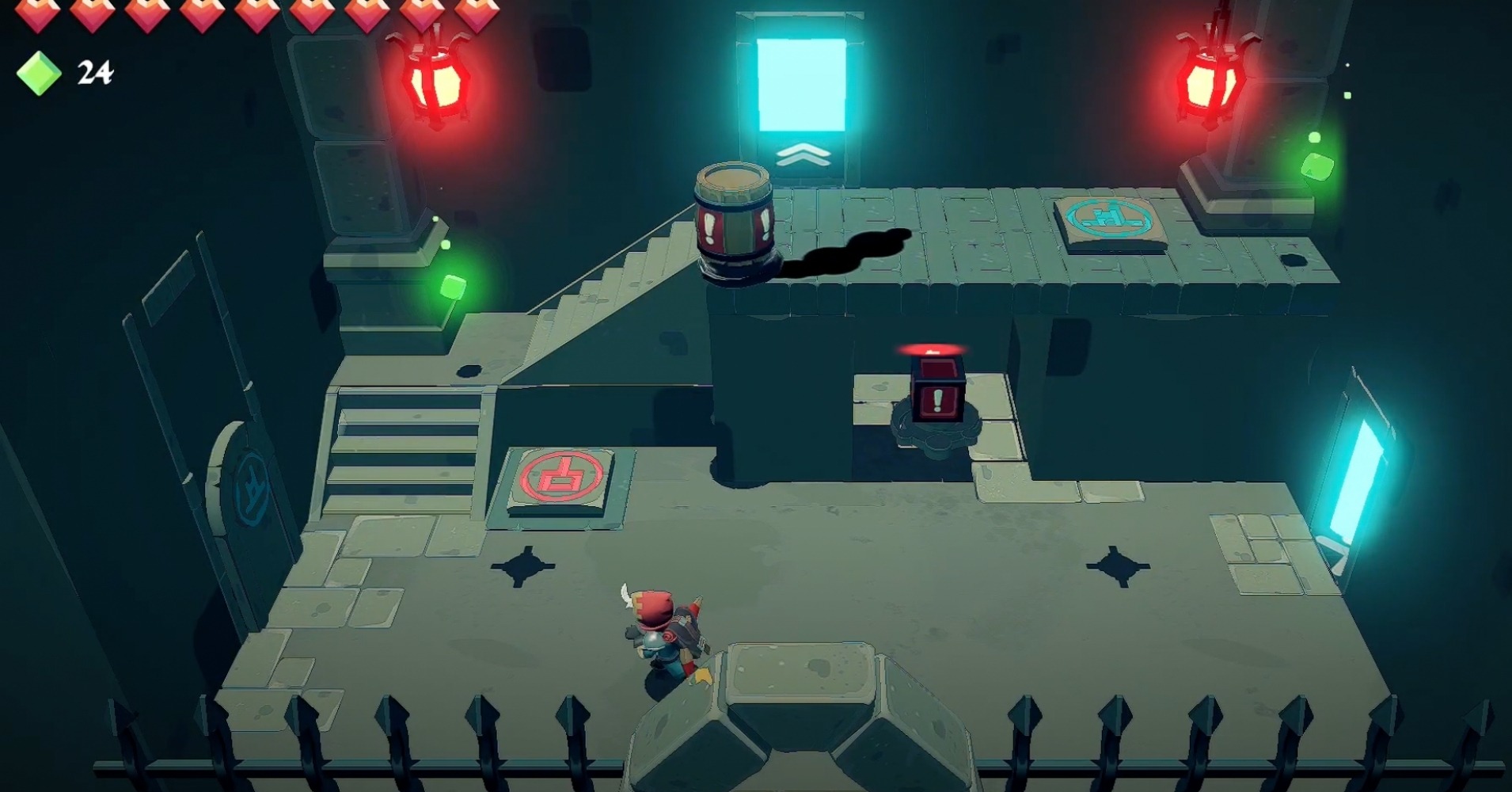
Charming Art Style
One of the absolute triumphs of The Lightbringer is the intensely charming graphics and art style included in the game. With the lapping of the ocean waves and beautiful landscapes, these bright and stylised graphics reminded me of the likes of Wind Waker.
Even something simple as part of a puzzle, like dragging a net through the water, looks amazing, and shows incredible attention to detail added to each level.
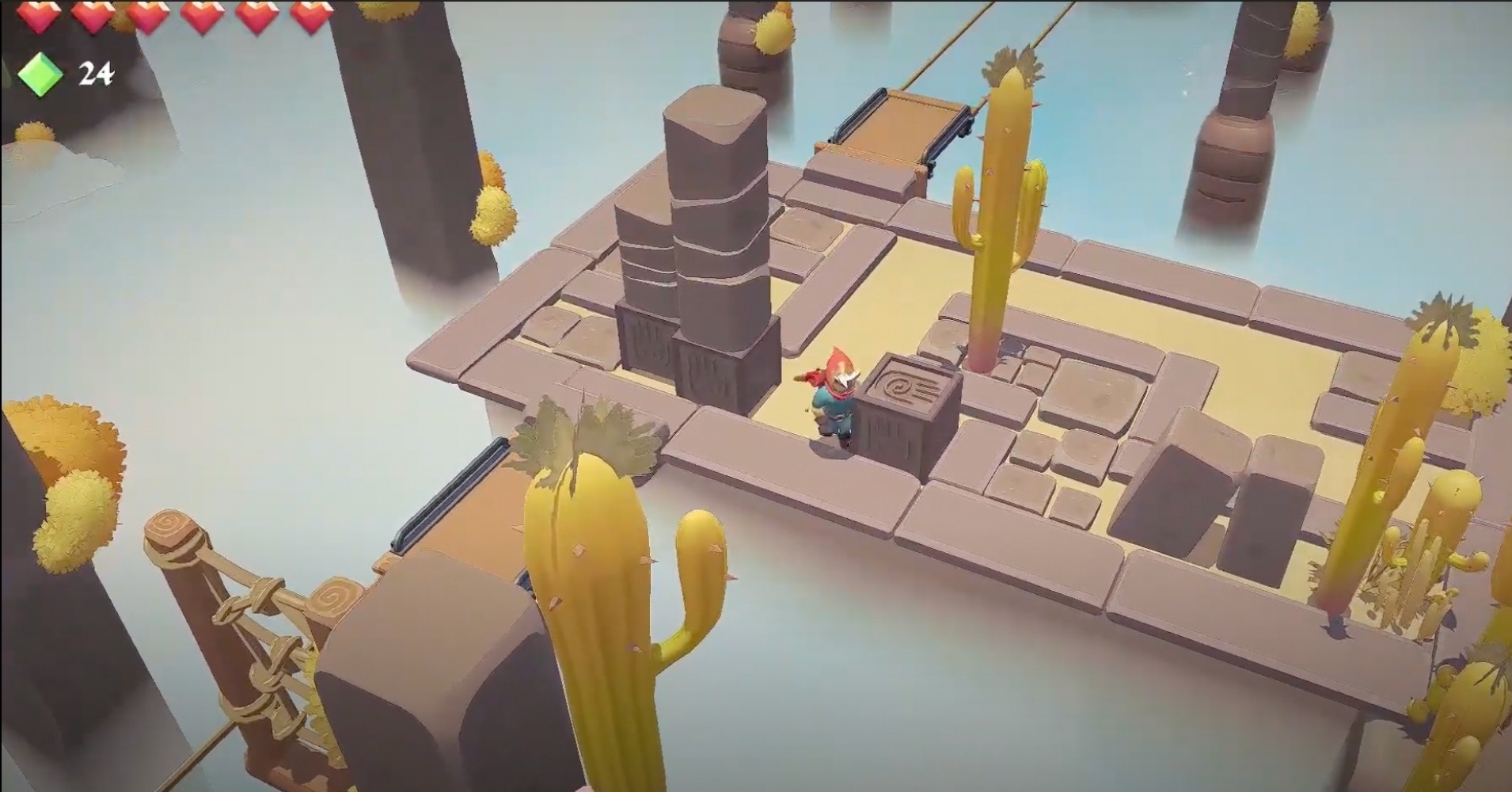
Overwhelmingly Good Level Design
One thing to note is that each chapter or level feels enormous! Each level is so large, it seems more reminiscent of its own ‘world’, similar to the Super Mario franchise.
With each chapter comes four different themes, starting out with islands (which we saw predominantly in the demo), as well as deserts, mountains, and ice levels. While we enjoyed the first three chapters, the ice levels verged into more frustrating-than-enjoyable territory for us.
Each setting comes with its own different mechanics (such as the fans and moving platforms in the desert levels), and has a different unique sound design and music to fully immerse players in the world around them.
Every chapter ends with a big-bad-boss battle to overcome, a welcome trope for any self-respecting platformer. Be sure to learn the boss’ movesets quickly, as each one provides its own challenging pattern to learn (from the stone golem we saw in the demo, to the Desert Dragon we faced later in the game).
As good as the level design is, it can be especially daunting for beginners or newcomers to the platformer genre. The levels are just so darn long, which can be a pacing issue for some. The lack of checkpoints means that it’s nigh-on impossible to complete each level without collecting the health potions scattered around each level.
Close to the end of the level? Too bad. Game deaths also feel incredibly unforgiving, as each time you die, you are put back to the very beginning of the level. This feels like a somewhat cruel addition to the game, as the demo seemed to include at least some checkpoints in each level. That said, perhaps this just adds to the challenge, and avoids too much hand-holding for more seasoned players.
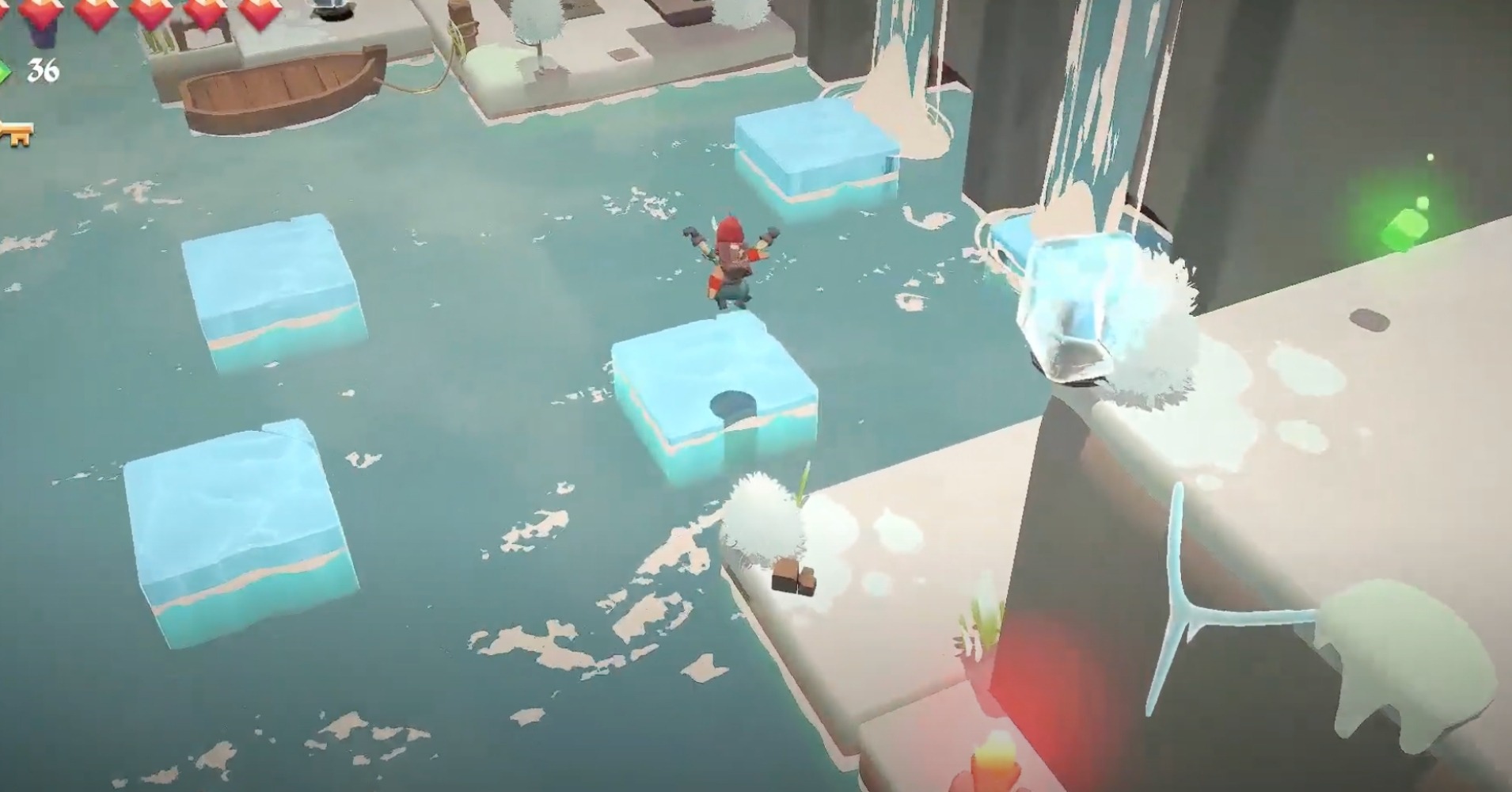
Great Platforming, Grating Combat
The basic platforming elements are done extremely well in The Lightbringer. The demo doesn’t even begin to scratch the surface of the full scope of the gameplay.
Perfect for any completionists or fans of old-school hardcore platformers, there are plenty of secrets to locate and unlock in each level of The Lightbringer. Besides a few niggles, the platforming element was especially well-polished and mostly enjoyable (although I’m still bitter about how many times I accidentally ran off the side while spinning the lever in one of the puzzles…)
While the platforming is fantastic (albeit very challenging), the combat leaves much to be desired. The combat elements are thankfully light in the game, using only your boomerang or jumping on slimes to kill them, but this can make the “kill all the slimes to progress” parts a little frustrating.
Controlling the camera while trying to throw the boomerang in combat can also be a tricky act to juggle. While the 360 degree camera rotation can be immensely useful for the challenging platforming, the camera angle can’t be controlled, which can make some depth perception incredibly difficult to figure out.
According to other player reviews, while I played using a keyboard and mouse, most players I’ve encountered so far have played The Lightbringer with a controller. I would strongly recommend this, as this seems to alleviate a lot of these tricky controller issues.
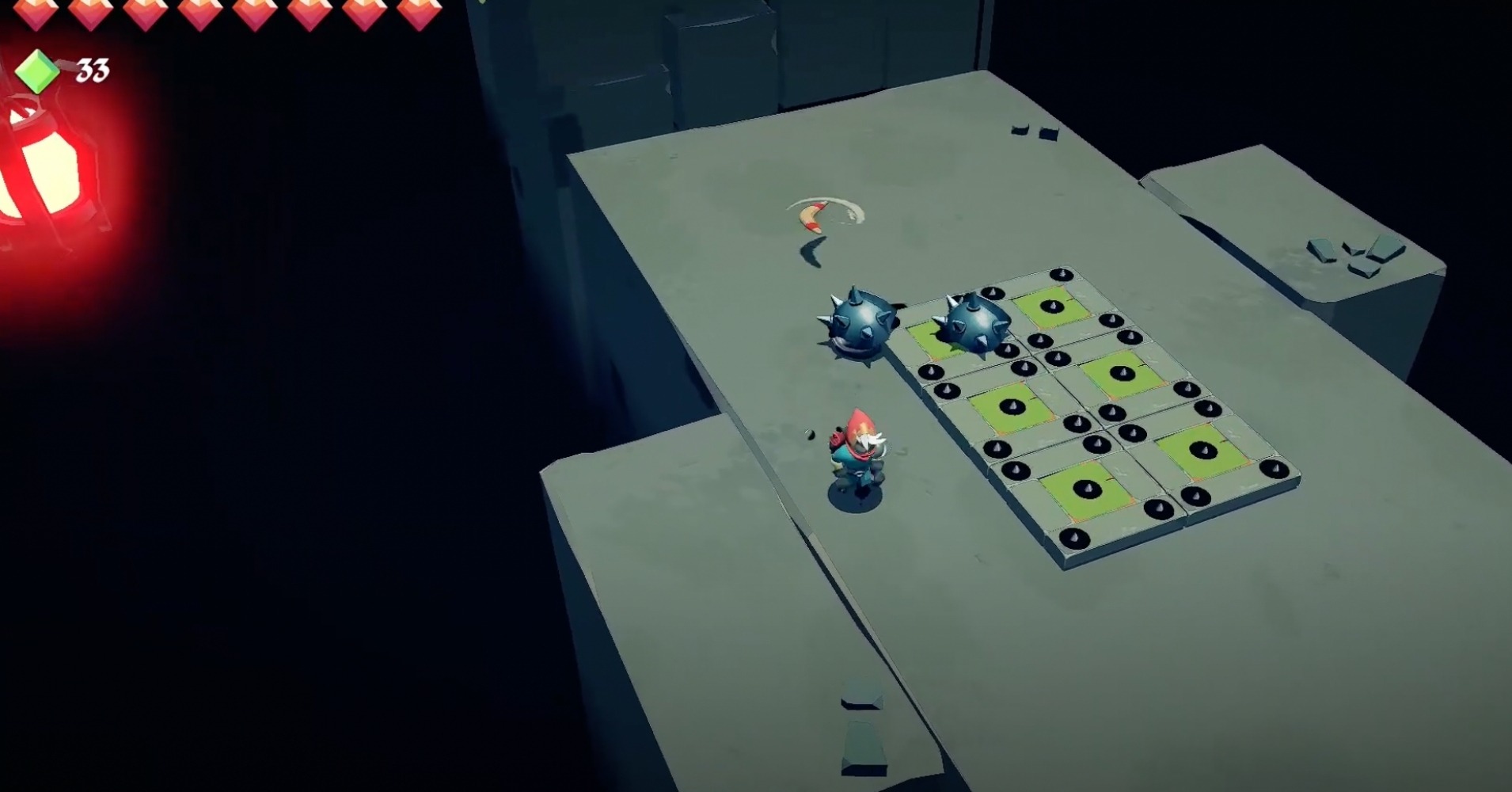
Our Verdict
The Lightbringer is a solid platformer ideal for players who love a challenge. The game can be completed comfortably within 4-5 hours, so is definitely worth your time for a quick platforming stint.
The graphics and music is worthy enough to be an enjoyable experience, but adding the fun platforming elements into the mix really makes this game shine as a throwback to old-school platformers with a fresh new look.

